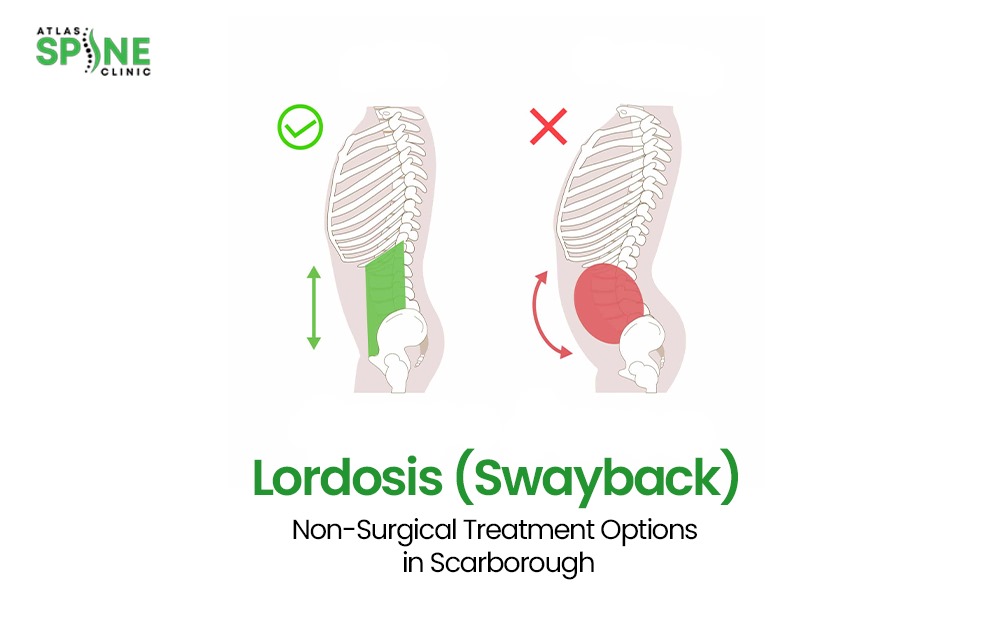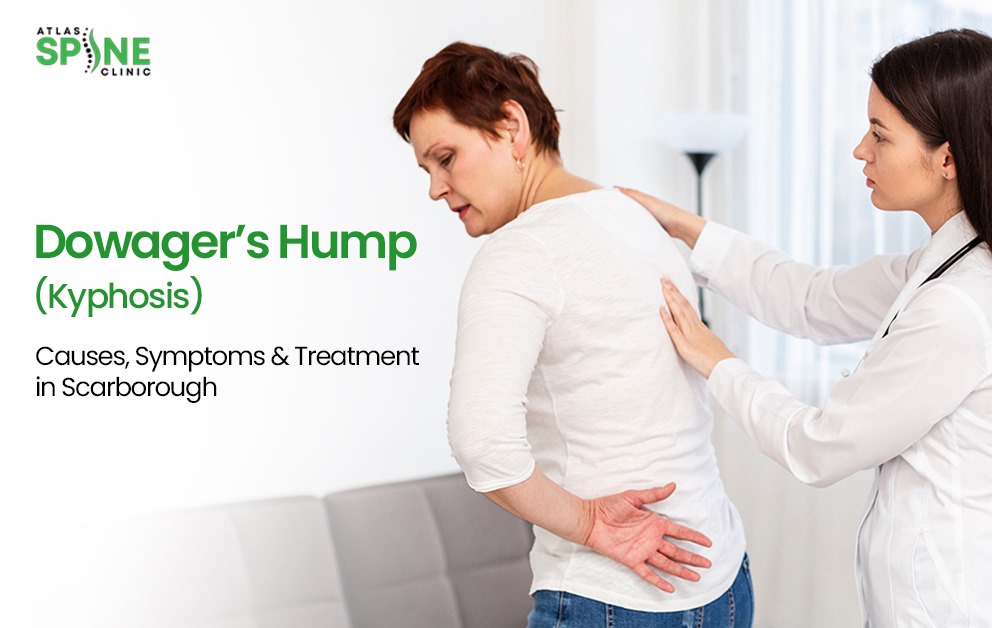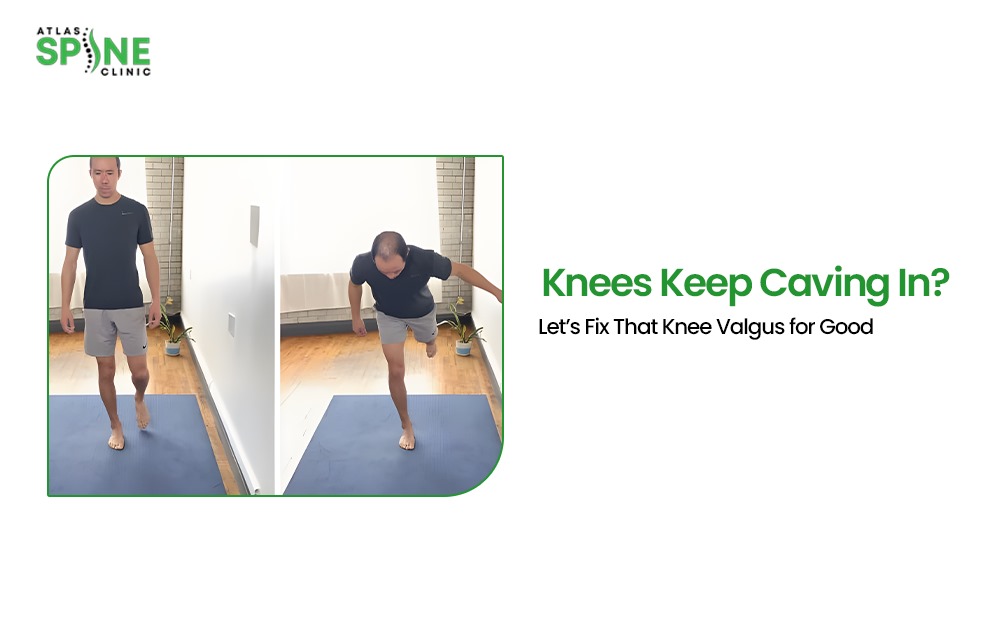Many patients searching for chronic pain treatment in Scarborough come to us wondering why their injury still hurts after weeks or months. The initial sharp pain may fade, but the lingering ache can be frustrating—especially when rest, ice, or medication doesn’t help. If this sounds familiar, you’re not alone.
“Why does this still hurt? Shouldn’t it be healed by now?”
You’ve rested. You’ve iced it. Maybe you took medication. But the ache lingers, and it’s beginning to feel like this might be your new normal.
Here’s the truth:
Healing is not passive. It’s a complex biological process—and sometimes that process gets disrupted.
This guide walks you through:
-
The normal healing timeline
-
Why injuries sometimes don’t heal properly
-
How pain becomes chronic
-
What you can do to restart the healing process
-
When to seek help from a chiropractor or physiotherapist
The Body’s Masterplan: A Normal Healing Timeline
Your body follows a predictable three-phase plan to repair damaged tissue. Understanding these phases helps you identify where your healing may have stalled.
Phase 1: Inflammation — The First Responders (Day 1–7)
Right after an injury, your body activates an emergency response: swelling, redness, heat, and pain.
This is normal—and necessary.
Inflammation clears damaged cells and prepares the area for repair.
🟢 Key point: Suppressing inflammation too aggressively can slow healing.
Phase 2: Proliferation — The Rebuilding Crew (Day 5–Week 4–6)
Next, your body lays down new collagen—a biological “scaffolding.”
New blood vessels form, tissue starts knitting together, and mobility slowly improves.
But this tissue is weak and easy to re-injure, which is why returning to activity too soon can restart the entire process.
Phase 3: Remodelling — The Finishing Stage (Week 3–12 Months)
This is the longest and most ignored phase.
Your body reorganizes the collagen to make the tissue strong and functional again.
But here’s something most people don’t know:
➡️ Scar tissue only reaches about 80% of the original tissue’s strength.
That’s why complete, guided rehabilitation is so important.
When Does an Injury Become “Chronic”?
Medical guidelines such as MedlinePlus note:
🟢 If pain lasts longer than 4–12 weeks, the injury may be considered chronic.
If you’re past that window with little improvement, something is interfering with your healing.
The 7 Healing Saboteurs: Why Your Injury Isn’t Getting Better
If healing stalls, it’s usually not random. These common factors disrupt recovery:
1. Poor Nutrition & Hydration
Your body needs protein, Vitamin C, Zinc, and hydration to build new tissue.
2. Poor Circulation
Conditions like smoking, diabetes, swelling, or prolonged sitting starve the injury of oxygen.
3. Overuse or Re-injury
Returning to activity too early causes micro-tears that reset the healing clock.
4. Underlying Medical Conditions
Autoimmune disorders, diabetes, or vascular issues make healing slower and less efficient.
5. Low-Grade Infection
Keeps your body stuck in the inflammation phase.
6. Smoking or Excessive Alcohol
Both significantly impair tissue repair.
7. Certain Medications
Long-term corticosteroid use can suppress the inflammatory process needed to start healing.
The Tipping Point: How Chronic Pain Develops
If healing is disrupted long enough, the body falls into a destructive loop:
1. Stuck Inflammation
The body stays in “emergency mode,” releasing chemicals that begin damaging healthy tissue.
2. Weak, Disorganized Scar Tissue
Poor healing leads to:
-
restricted mobility
-
joint dysfunction
-
nerve irritation
-
ongoing pain
This is how a simple injury becomes a long-term problem—not because you “didn’t rest enough,” but because your body never completed the healing cycle.
Your Recovery Playbook: How to Restart Healing
Healing a stalled injury requires an active approach—not just waiting.
Fuel Your Body Properly
Follow an anti-inflammatory diet with:
-
omega-3 fatty acids (salmon, walnuts)
-
colorful fruits and vegetables
-
lean proteins
-
Zinc + Vitamin C
Water intake is critical for cellular repair.
Move Smarter, Not Harder
Too much rest slows healing. Too much activity causes re-injury.
A custom physiotherapy or Chiropractic plan can help align new collagen fibers properly and rebuild strength safely.
Advanced Therapies Help Restart the Healing Cascade
At Atlas Spine Clinic in Scarborough, we often combine:
Chiropractic Adjustments
Restore joint mechanics and reduce stress on damaged tissue.
Physiotherapy
Guided exercises that strengthen and retrain tissue.
Shockwave Therapy
Stimulates blood flow and helps restart stalled healing in chronic injuries.
These non-surgical treatments help break the inflammation cycle and rebuild healthier tissue.
When to Seek Professional Help
You should book an assessment if you notice:
-
Pain worsening instead of improving
-
Redness, fever, or signs of infection
-
Numbness, tingling, or weakness
-
Joint instability
-
Limited mobility affecting daily life
-
Pain lasting longer than 4–12 weeks
Your instincts matter—if something feels “off,” it’s worth getting checked.
Frequently Asked Questions
- Is inflammation always bad? No. Acute inflammation heals injuries. Chronic inflammation damages tissue.
- Can old scar tissue still cause pain? Yes—and it can often be improved with soft tissue therapy and targeted exercise.
- How do I know if I’m doing too much? Sharp or lingering pain after activity means you’re pushing too hard.
Take Control of Your Recovery Journey
Persistent pain is not something you have to accept.
If your healing has stalled, your body is simply asking for more support.
At Atlas Spine Clinic (Chiropractor & Physiotherapy in Scarborough), we specialize in identifying why an injury isn’t healing and creating a personalized plan to restore proper function.
👉 Book your comprehensive assessment today and take the first step toward pain-free living.






